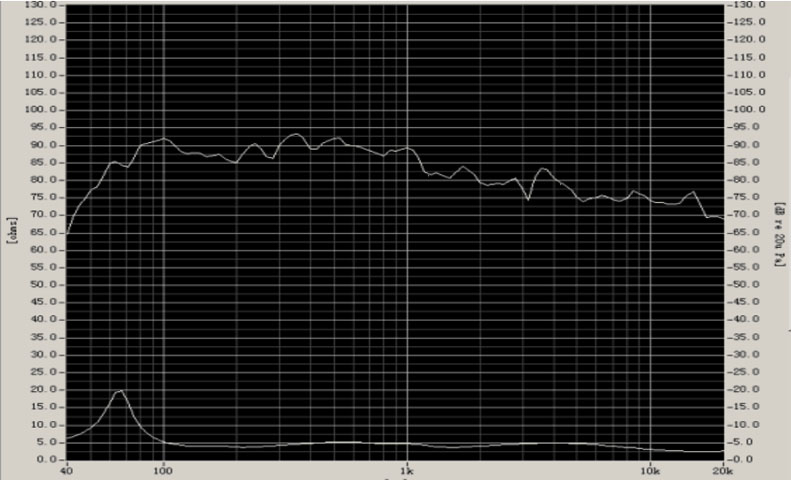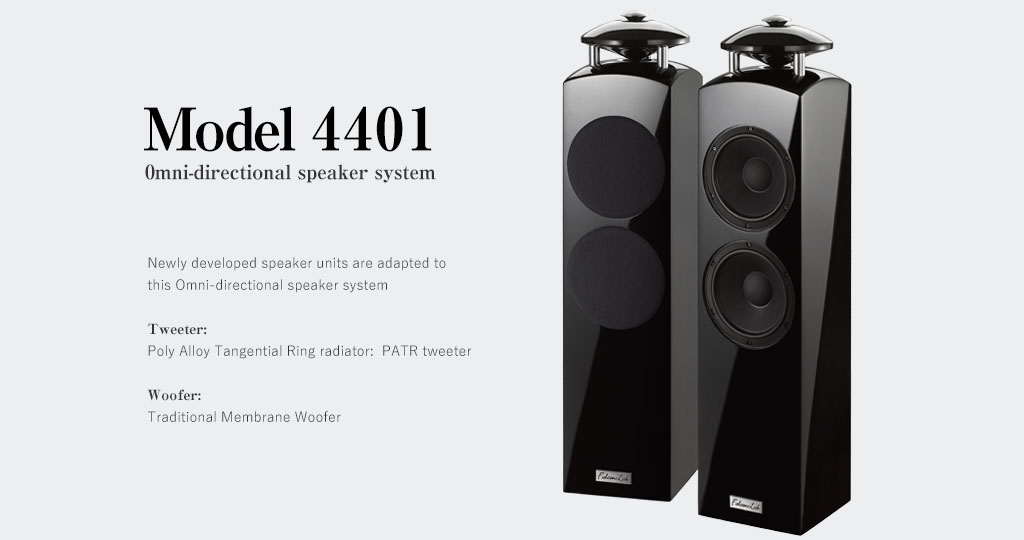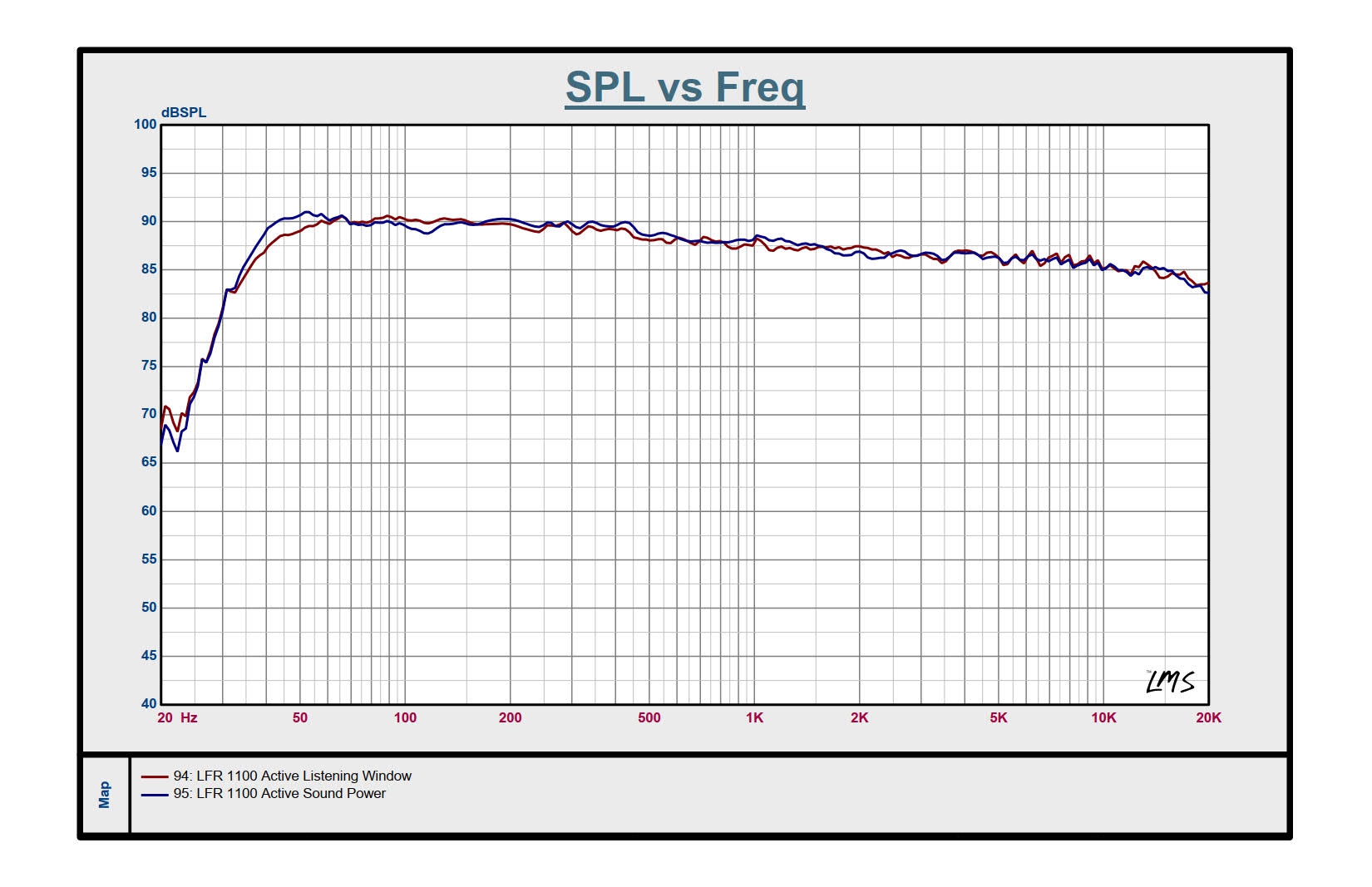
If a loudspeaker you've experimented with is truly omnidirectional in horizontal plane, every measuring/listening axis is ON-axis and listening window will look the same as "on axis".
If it were truly omni in both the horizontal and vertical plane, then yes.
But as I wrote, the Axiom speakers are not truly omni. They're regular drivers on a regular baffle, the only difference is that there's mid and tweeter drivers on the back as well making it a bipole speaker which has its own radiating pattern.
The listening window is certainly not the same as the on-axis response with this speaker. Instead the listening window will be tilted down relative to the on-axis response.
Btw, not saying the bipole way of getting a near-omni design is bad, I think it's a great way to do it, perhaps the best way even (though I think the design can be optimized a lot better than Axiom did).
You can also easily do a rough test of the bipole effect at home. Simply take two regular speakers, place them back to back and play mono music through them. Place a 6dB/oct shelving EQ cut in the bass/lower mids (depending on speakers used) to compensate for the omni bass summing of the rear speaker so the speaker is flat (removing the baffle step compensation in effect). And enjoy mono bipole sound. (place the speakers free standing).
If you setup the above test in software and level match then you can a/b with a click between front speaker monopole and front+back dipole. Though if you set this test up properly it comes with a risk, you may never want to go back to monopole again. Especially if you do the test with 4 speakers and hear stereo bipole

Btw, you may want to listen a bit closer than usual as you'll have plenty of soundstage in the mid-field or even nearfield with bipole.



